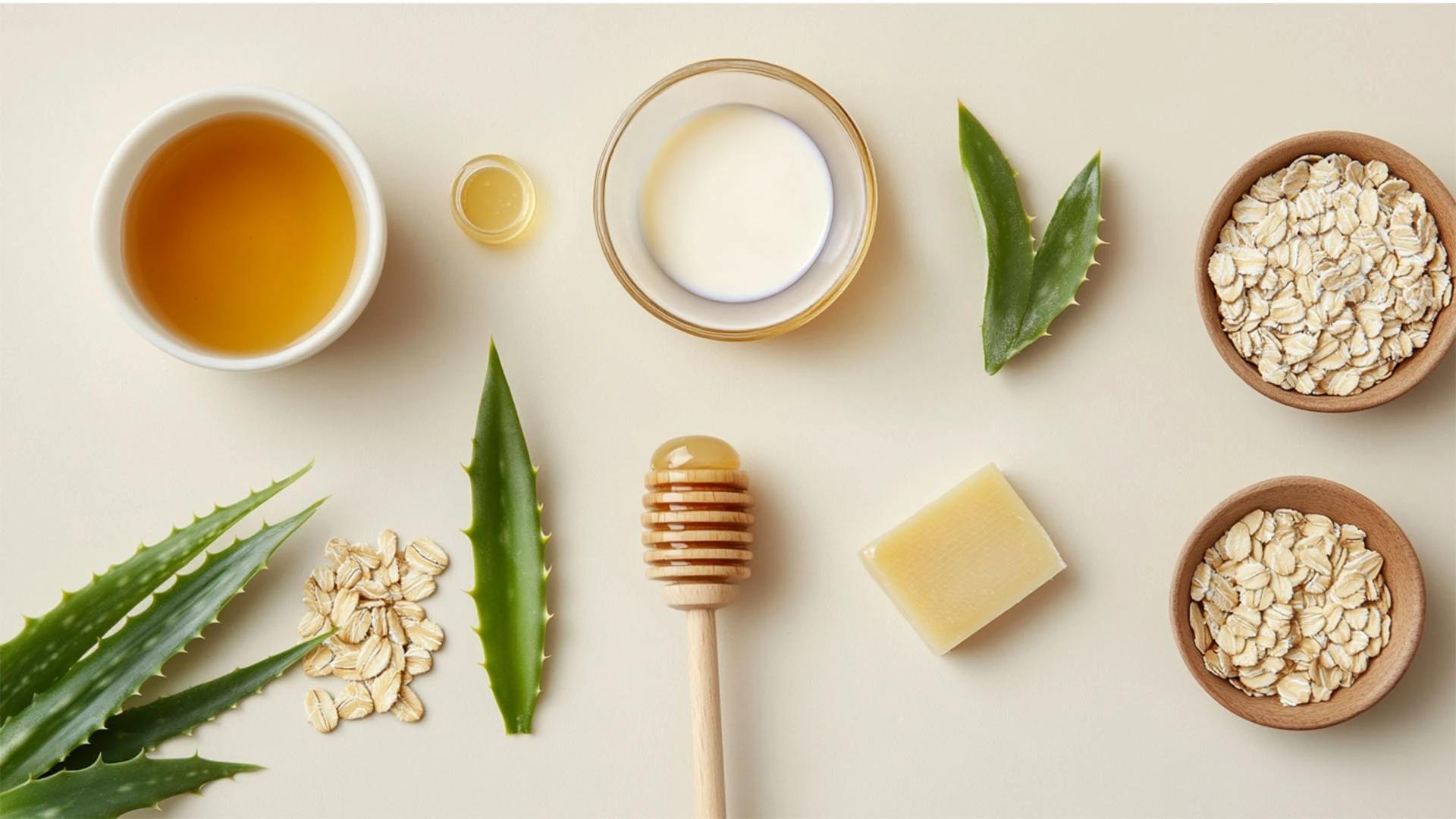Pore-Minimising Techniques
Pore-minimising techniques include regular exfoliation, using niacinamide serums, and applying clay masks. Remember, you can't actually shrink pores, but you can make them appear smaller by keeping them clean and your skin well-hydrated.
Seasonal Adjustments
Your skin's needs change with the weather. Summer might require lighter products and more oil control, whilst winter calls for extra hydration. Listen to your skin and adjust accordingly – flexibility is key.
Frequently Asked Questions
What's the difference between combination skin and normal skin?
Combination skin has distinct oily and dry areas, typically with an oily T-zone and drier cheeks. Normal skin maintains consistent moisture levels across the face without significant oily or dry patches.
Can diet affect combination skin?
Yes, diet can influence your skin. High-glycemic foods and dairy might worsen oily areas, whilst a balanced diet rich in omega-3s and antioxidants can help maintain skin balance.
How often should I exfoliate combination skin?
Exfoliate 2-3 times per week maximum. Over-exfoliation can irritate dry areas and trigger more oil production in already oily zones. Start with once weekly and gradually increase if your skin tolerates it well.
Is it necessary to use different products for day and night?
Whilst not essential, using different products can be beneficial. Daytime focuses on protection and oil control, whilst nighttime emphasises repair and deeper hydration when your skin naturally regenerates.
Can combination skin change over time?
Absolutely. Hormones, age, climate, and lifestyle changes can all affect your skin type. What works now might need adjusting later, so stay flexible and observe how your skin responds to different conditions.
Final Thoughts
Creating the perfect skincare routine for combination skin isn't about using the most products – it's about using the right ones in the right places. This 10-step checklist gives you a solid foundation, but remember that skincare is personal. What works for your mate might not work for you, and that's completely normal. Start with the basics, introduce new products gradually, and always listen to what your skin is telling you. Your perfect routine might just become your daily self-care ritual worth looking forward to.

 150ml
150ml 200 gm
200 gm Combo
Combo 100 ml
100 ml